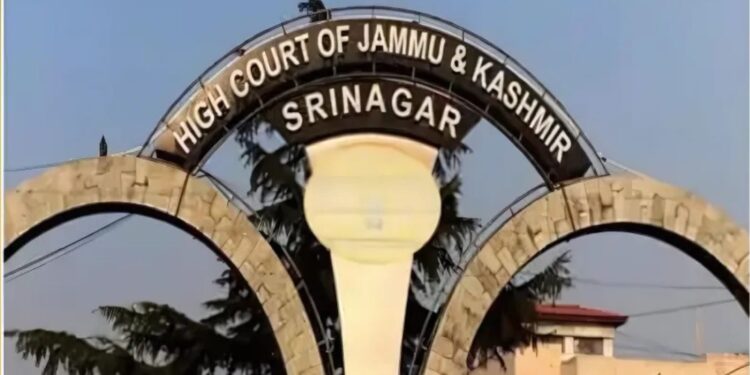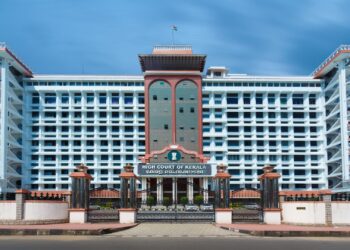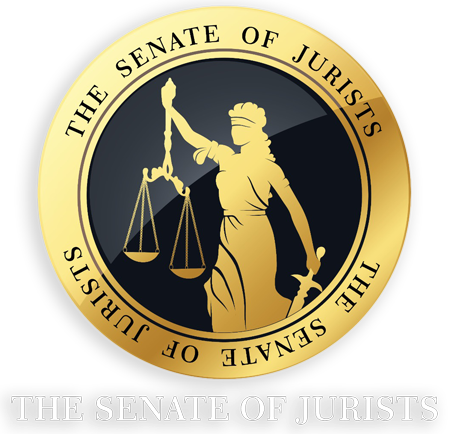The Union Ministry of Law and Justice’s decision to increase the sanctioned strength of the Jammu & Kashmir and Ladakh High Court from 17 to 25 judges marks a significant step to enhance judicial efficiency in the region. The move, involving a structured increase to 19 permanent and six additional judges, responds to the increasing backlog of cases and growing demands on the judicial system.
The decision follows a request from the High Court’s leadership, with discussions involving Chief Justice of India DY Chandrachud. Law Minister Arjun Ram Meghwal, in his communication to Chief Justice Tashi Rabstan, highlighted the government’s commitment to address judicial needs in Jammu & Kashmir, acknowledging the pressing workload and pending cases in the High Court.
The Ministry has emphasized an inclusive approach to the new appointments, urging the consideration of candidates from diverse backgrounds, including scheduled castes, scheduled tribes, other backward classes, minorities, and women. This focus aligns with broader judicial efforts to ensure representation and diversity within the judiciary.
Under the proposed distribution, 66% of the positions will be allocated to bar members (lawyers) and 33% to the district judiciary (service), resulting in 17 appointments from the bar and eight from the judicial service. This ratio seeks to balance expertise and experience from the High Court’s practicing lawyers and judicial officers.
Despite the expansion, infrastructure limitations present a challenge. The High Court’s Jammu Wing has only seven judge chambers, and the Srinagar Wing has 8. With the increase in judicial appointments, both wings will require substantial infrastructure upgrades to accommodate the new judges, ensuring functional workspaces that match the demands of the expanded bench.
The decision reflects the government’s broader focus on bolstering judicial capacity across India, enhancing access to justice, and addressing systemic delays. The Ministry’s direction to expedite these appointments also suggests a sense of urgency in responding to the public’s need for efficient case resolution, signaling continued efforts to modernize and strengthen judicial infrastructure in the union territories.

















